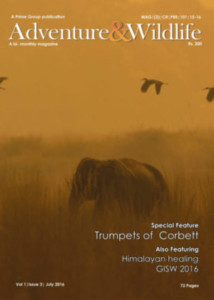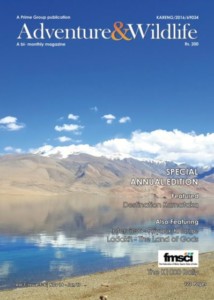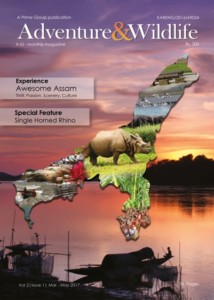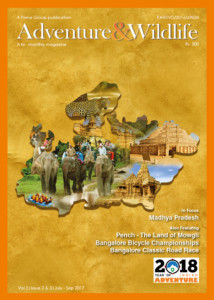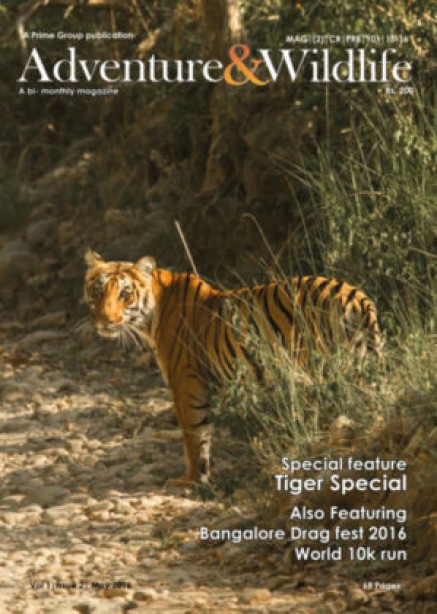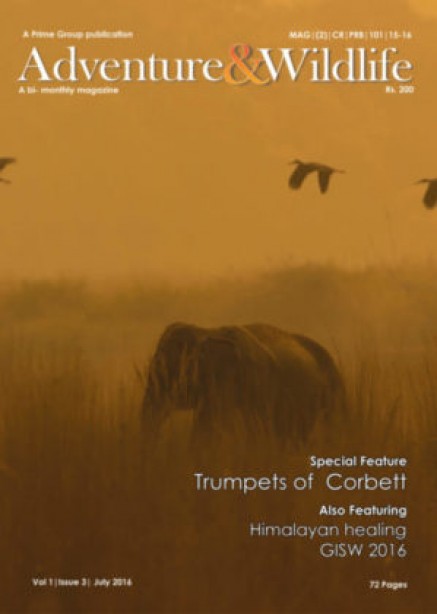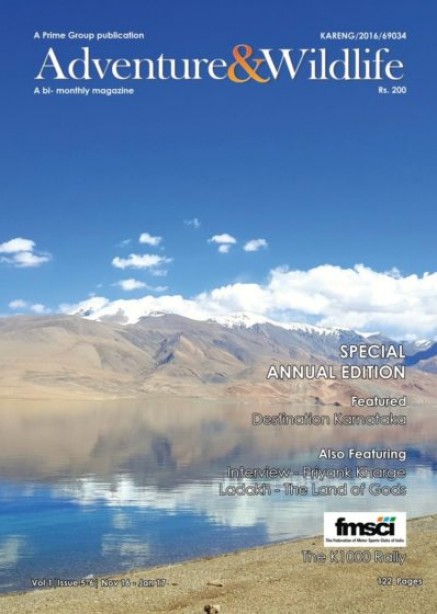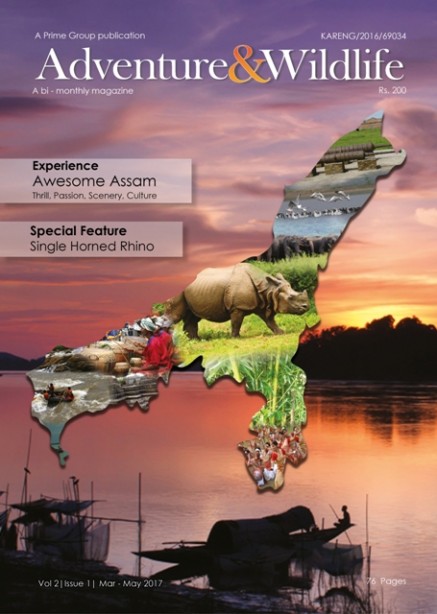
Conservation awareness prog turns red panda poachers into conservationists
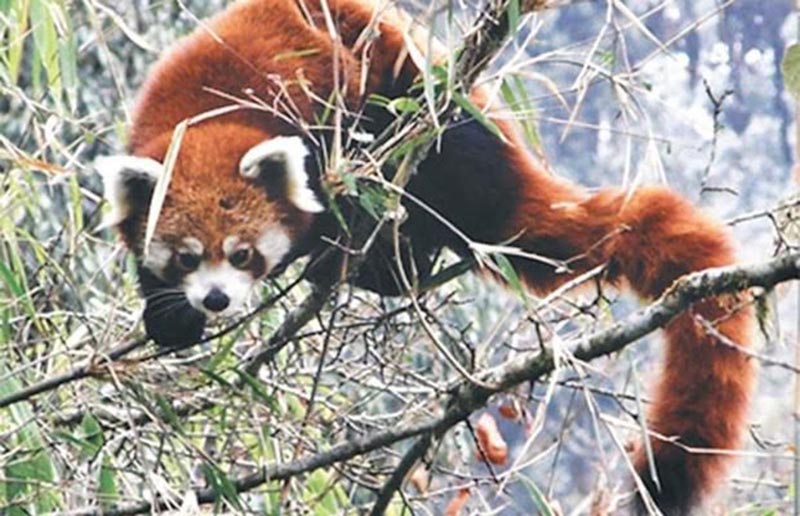
PANCHTHAR: As the conservation programme has become effective, the sight of ‘Red Panda’ has become common in the forests of three districts — Panchthar, Ilam and Taplejung — in the eastern part of Nepal.
Twelve years ago, the community-based conservation programme was launched in the districts to prevent the extinction of red panda, sighting the frequent attack from dogs and wild animals, construction of road, land erosion, widespread deforestation of its main diet bamboo and malingo (Himalayacalamus asper) wood, and poaching, among other factors rampant in the district.
The Red Panda Network in cooperation with Panchthar-based Dipjyoti Youth Club, High Mountain Herbal Production Company, Ilam and Himali Conservation Forum, Taplejung, launched the conservation programme.
The network had coordinated with local government and institutions, and started educational programmes to raise awareness on the need to protect the endangered species in the three districts before according responsibility to locals. The locals were also provided with necessary instruments along with first aid training.
Chief Executive Officer at Sidin-based Dipjyoti Youth Club, Sunil Bantawa, claimed that those who were involved in the poaching of red panda have turned into conservationists after the network and its stakeholders held regular interactions and training. Likewise, Jayanti Gurung of Ilam said that prior to the launch of the conservation programme, locals had negative concepts of red panda.
Red panda which is called ‘Habre’ in Nepali is rare and has been classified as an endangered species by the International Union for Conservation of Nature (IUCN). It is also found in Myanmar, India, Bhutan and China. According to the network, the worldwide population of the mammal is less than 10,000 of which around 1,000 inhabit the higher altitudes in one mountainous and 24 hilly districts.
Red Panda Conservation Programme Project Chief Dawa Tenji Yalmu said that the census carried out five years ago, found 125 red pandas inhabiting the three districts (PIT Corridor) which he claimed to have increased in four years.
The animal within the class of mammal is naturally shy and has attractive bodily features. It mainly survives on bamboo shoots and has roughly the size of a domestic cat.
Red Panda is listed as an endangered species because its population has plausibly declined by 50 per cent over the last three generations. It is categorised as the genus Ailurus and species fulgens of mammalia in the animal kingdom, and is native to the eastern Himalayas, according to IUCN.
It is arboreal, and also eats eggs, birds, and insects. It is a solitary animal, mainly active from dusk to dawn, and is largely sedentary during the day.


